Which of the following decreases in motion along a straight line with constant retardation while the body is moving away from the origin?
Speed
Acceleration
Displacement
None of these
The correct Answer is:A
To solve the question, we need to analyze the motion of a body moving along a straight line with constant retardation (negative acceleration) while it is moving away from the origin. We will evaluate which of the given options decreases during this motion.
1. Understanding the Motion:
- The body is moving in a straight line away from the origin with constant retardation.
- Retardation means that the body is experiencing negative acceleration.
2. Defining Variables:
- Let the initial velocity of the body be u.
- The acceleration (retardation) is denoted as a (where a is a positive value, but since it's retardation, we consider it as negative in equations).
3. Using the Equation of Motion:
- We can use the equation of motion:
V2=U2+2aS
- Here, V is the final velocity, U is the initial velocity, a is the acceleration (which is negative), and S is the displacement.
4. Analyzing the Displacement:
- As the body moves away from the origin, the displacement S increases (i.e., S is positive).
- Since a is negative (retardation), we can rewrite the equation as:
V2=U2−2aS
- As S increases, the term −2aS becomes more negative (since −2a is a positive value), which means V2 decreases.
5. Conclusion on Speed:
- Since V2 decreases as S increases, it follows that V (the speed) must also decrease.
- Therefore, the speed of the body decreases as it moves away from the origin.
6. Evaluating Other Options:
- Acceleration: The acceleration remains constant (as given in the problem), so it does not decrease.
- Displacement: The displacement S increases as the body moves away from the origin, so it does not decrease.
- None of These: Since we have found that speed decreases, this option is incorrect.
Final Answer:
The correct answer is that speed decreases as the body moves away from the origin.
- The body is moving in a straight line away from the origin with constant retardation.
- Retardation means that the body is experiencing negative acceleration.
- Let the initial velocity of the body be u.
- The acceleration (retardation) is denoted as a (where a is a positive value, but since it's retardation, we consider it as negative in equations).
- We can use the equation of motion:
V2=U2+2aS
- Here, V is the final velocity, U is the initial velocity, a is the acceleration (which is negative), and S is the displacement.
- As the body moves away from the origin, the displacement S increases (i.e., S is positive).
- Since a is negative (retardation), we can rewrite the equation as:
V2=U2−2aS
- As S increases, the term −2aS becomes more negative (since −2a is a positive value), which means V2 decreases.
- Since V2 decreases as S increases, it follows that V (the speed) must also decrease.
- Therefore, the speed of the body decreases as it moves away from the origin.
- Acceleration: The acceleration remains constant (as given in the problem), so it does not decrease.
- Displacement: The displacement S increases as the body moves away from the origin, so it does not decrease.
- None of These: Since we have found that speed decreases, this option is incorrect.
The correct answer is that speed decreases as the body moves away from the origin.
Topper's Solved these Questions
- MOTION IN A STRAIGHT LINEBOOK - DISHA PUBLICATIONCHAPTER - MOTION IN A STRAIGHT LINEEXERCISE - Exercise-2
30 Videos
- MOTION IN A STRAIGHT LINEBOOK - DISHA PUBLICATIONCHAPTER - MOTION IN A STRAIGHT LINEEXERCISE - Exercise-2
30 Videos
- MOTION IN A PLANE BOOK - DISHA PUBLICATIONCHAPTER - MOTION IN A PLANE EXERCISE - Exercise -2 : CONCEPT APPLICATOR
28 Videos
- MOVING CHARGES AND MAGNETISM BOOK - DISHA PUBLICATIONCHAPTER - MOVING CHARGES AND MAGNETISM EXERCISE - EXERCISE - 2 : Concept Applicator
25 Videos
Similar Questions
Knowledge Check
A particle is moving along a straight line.
AIf the acceleration of the particle is more than that of another object, the particle is moving faster.BIf the acceleration is positive, the speed must be increasing.CIf the acceleration and the velocity have the same sign, the speed must be increasing.DIf the acceleration is zero, the velocity is constant but the speed may be changing.Which of the following graph for a body moving along a straight line is possible ?
A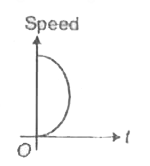 B
B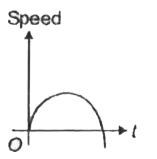 C
C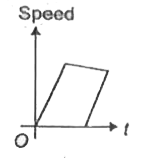 D
D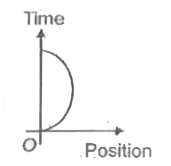
Which of the following represents the motion of a body moving in a straight line under constant acceleration ?
A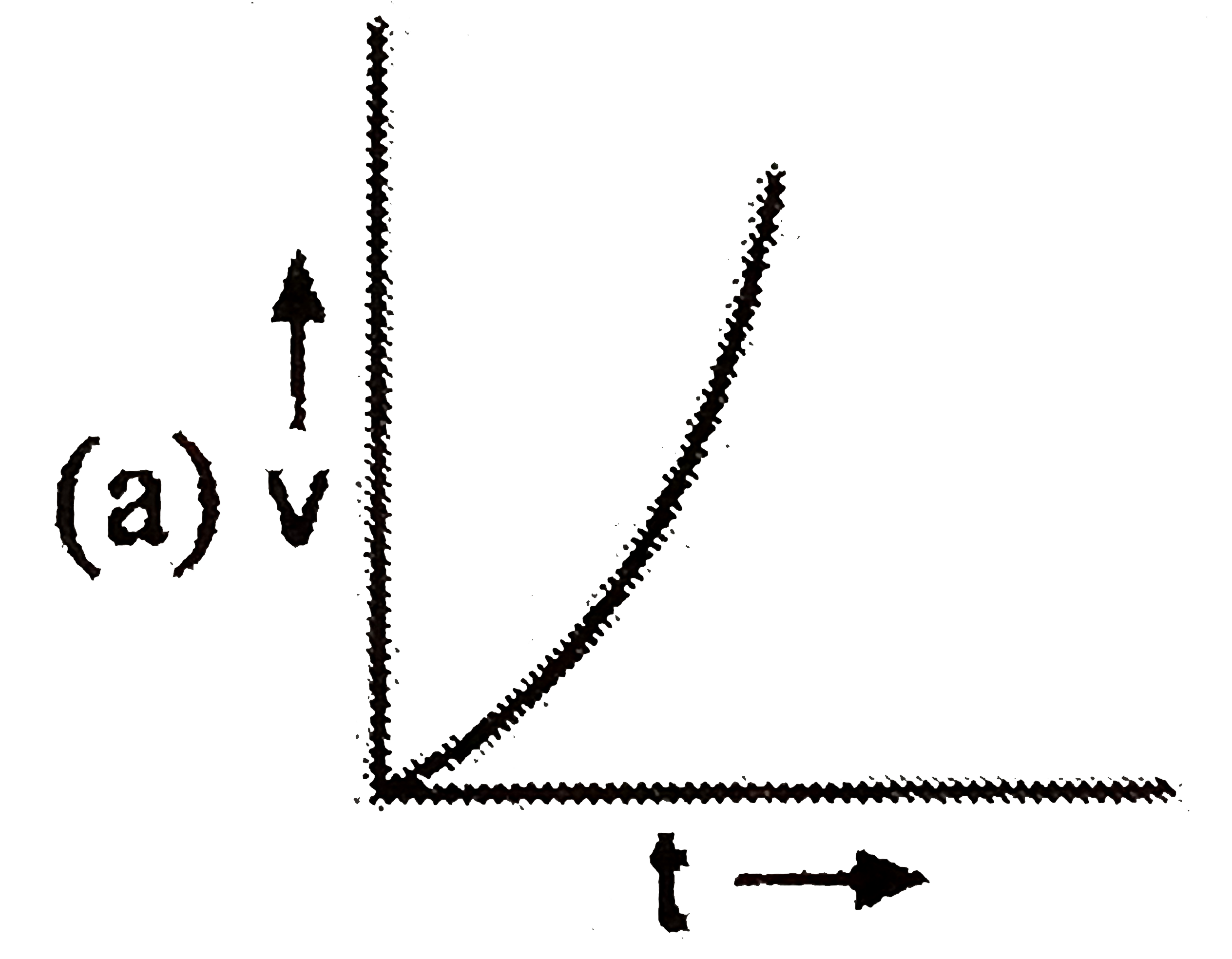 B
B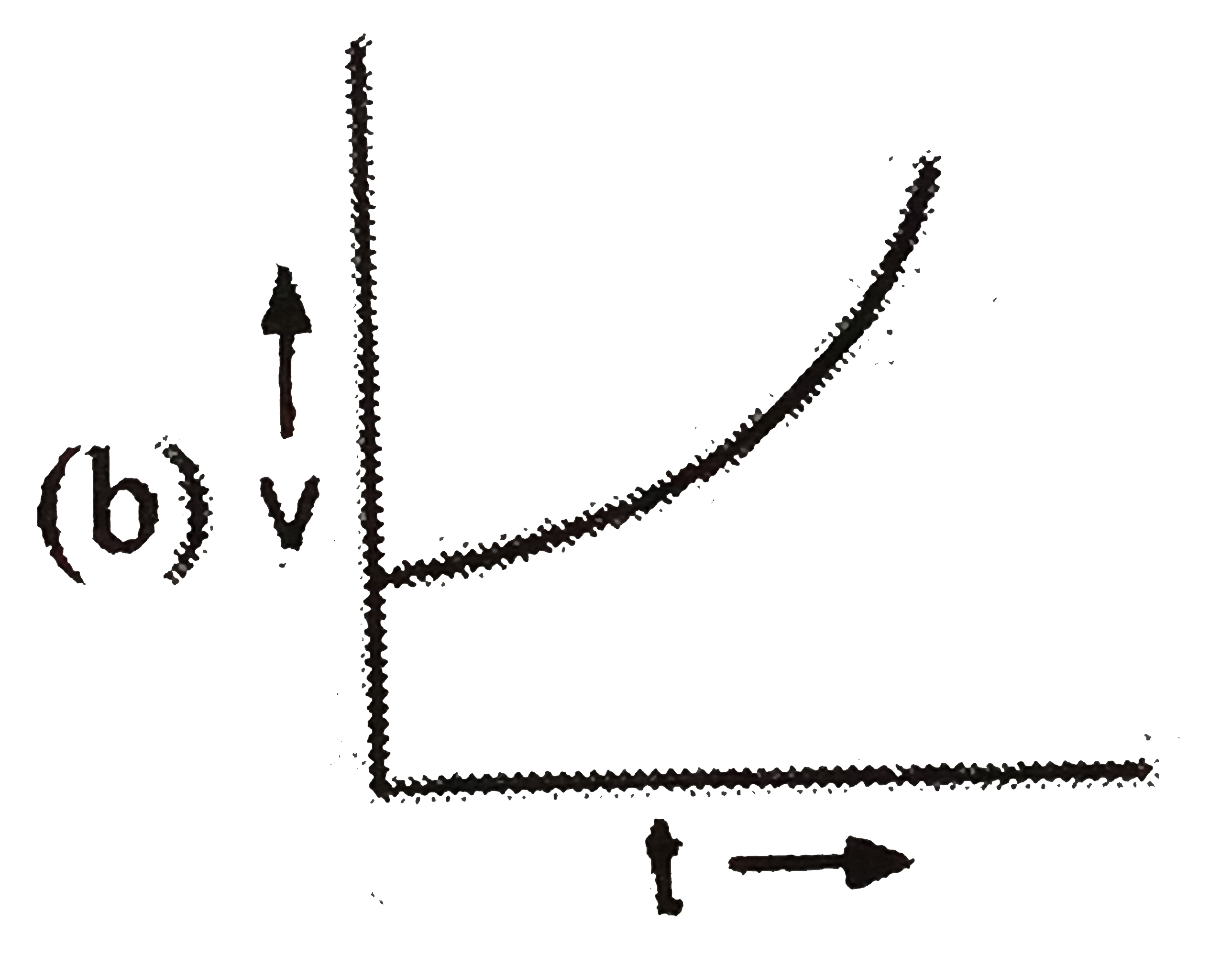 C
C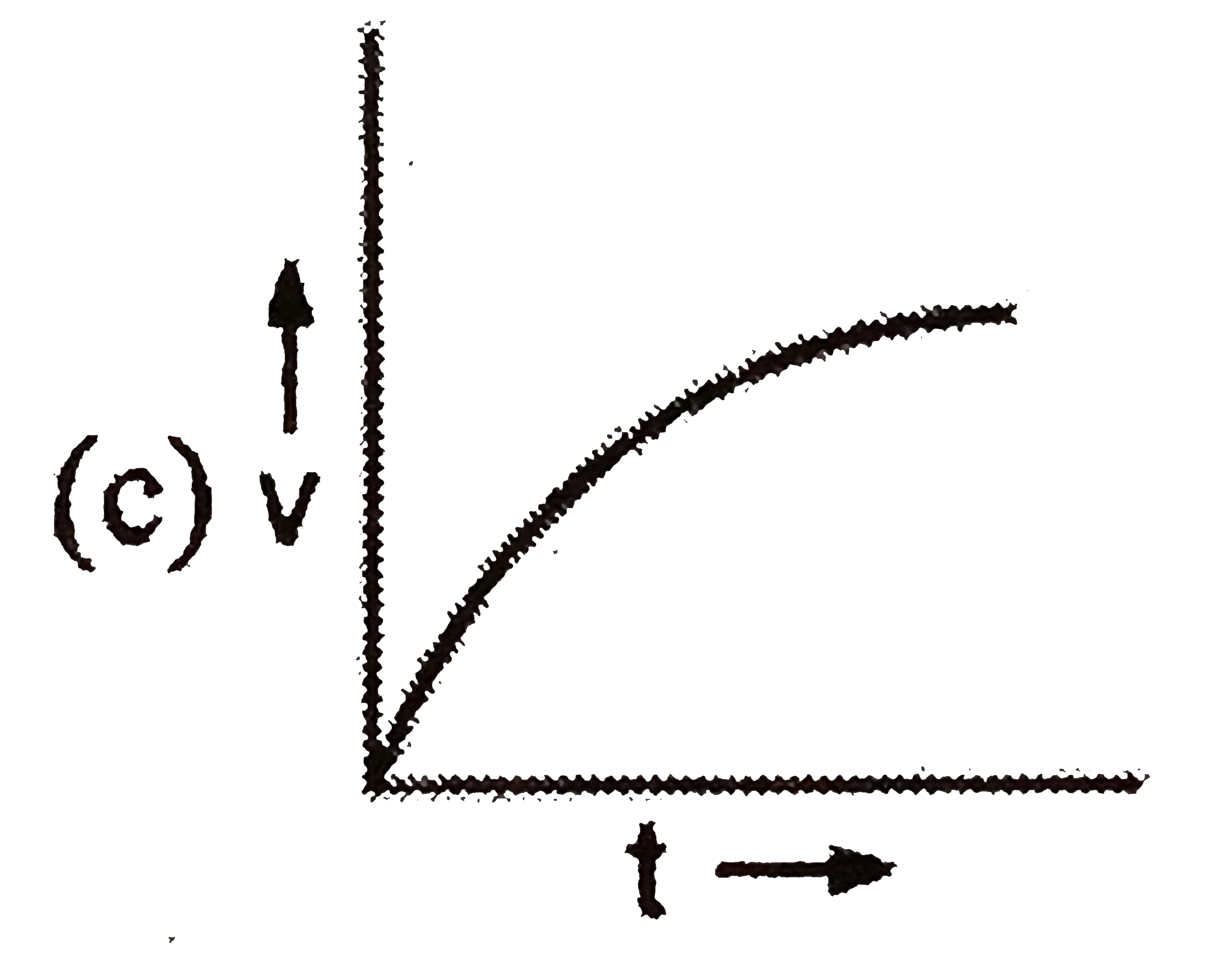 D
D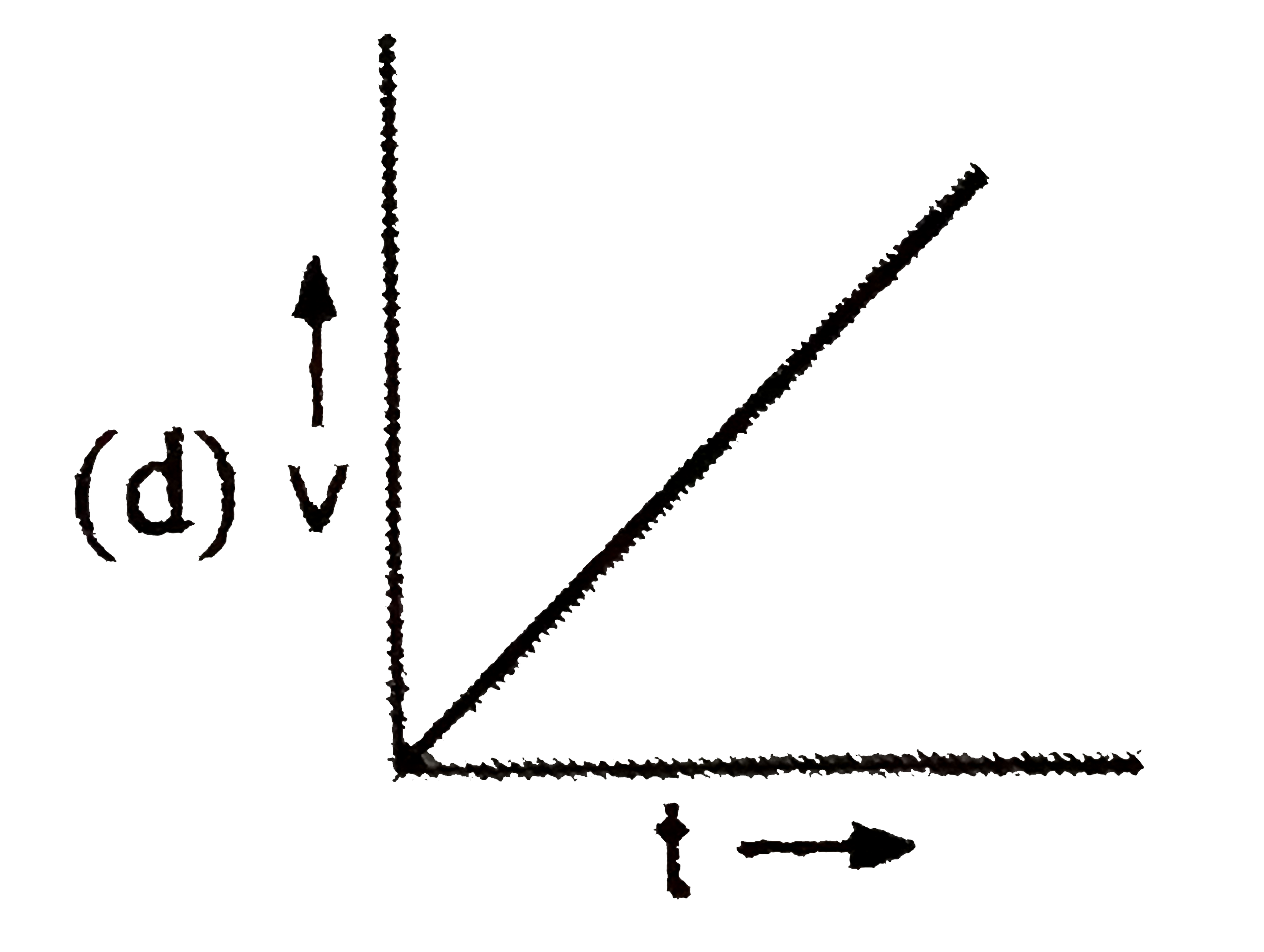
An object moving along a straight line with a constant speed is said to be in _____
View SolutionDraw velocity time graph of a body moving with constant retardation.
View Solution
An object starts at the origin in a straight line. Its velocity versus time graph is shown in the figure. Which one of the following choices best gives the proper intervals (s) of time for which the object is moving away from the origin?
View SolutionA body starting from the the rest moves along a straight line with constant acceleration. Which one of the following graphs represents the variation of speed(v) and distance(s)?
View SolutionA body starting from the rest moves along a straight line with constant acceleration .Which one of the following graphs represent the variation of speed (v) and distance (s) ?
View Solution
